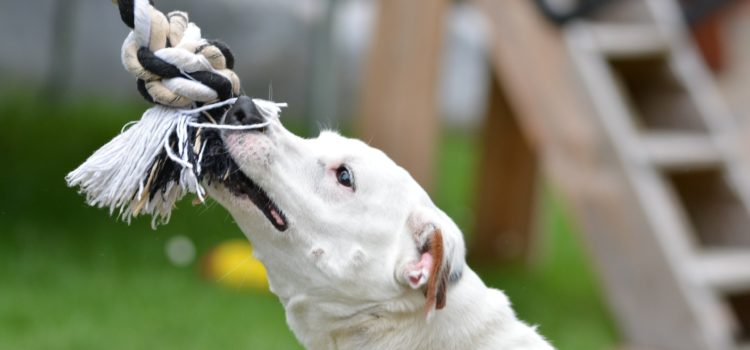With the current extreme heat we are experiencing I still notice dogs in yards without shade, people walking there dogs in the middle of the day and yes, dogs in parked cars. Even with windows rolled down, the temperature in a car can quickly rise to 50C, especially if there is no wind/ventilation.andnbsp;
Simply providing a dog kennel for shade is not adequate enough. Temperatures inside these kennels are extremely high, even hotter than outside the kennel.
In these types of conditions the dog becomes unable to regulate its own body temperature and it gradually rises. The dog then becomes distress, weak, starts panting, salivates and becomes disorientated with the tongue and lips initially appearing bright red. Eventually the animal will start vomiting, has diarrhea, collapses, can have seizures and falls into a coma and can even die.
Some breeds are predisposed to this problem because of their breed, the formation of their nose, their hair coat length and thickness or any other pre-existing disease.
Heat stroke can be suspected in an animal with a temperature of greater than 41C that is panting and hyper-salivating and also taking into consideration the environmental conditions (i.e. warm weather, no shade and little or no water and ventilation) and (if any) pre-existing medical issues.
Heat stroke is a life-threatening event and must be treated immediately by a veterinarian. Your veterinarian should be contacted by phone for instructions prior to transporting the pet. In the mean time the pet should be hosed down with cool water or placed in a cool water bath, with the head kept above the water. Successful treatment is rewarded by an obvious improvement in breathing and the dog’s appreciation of its surroundings within 5-10 minutes. Even if the animal shows some recovery your animal should be examined by a vet, because the excessively high temperatures can cause permanent damage to the different organ systems and the long-term prognosis may not be known for several days after the event.
When transporting to the veterinary hospital, windows of the vehicle can be left open to assist with cooling.
The prognosis for animals with heat stroke is guarded, and the outcome depends on how quickly the condition is recognized and the pet can be stabilized.
The most important aid in heatstroke is prevention!!
Don’t treat you dogs by letting them accompany you in the car for errands in the warmer months. NEVER leave the dog in the car, even with the windows down!!!
Plan any walks with your dog early in the morning or late in the evening.
Don’t allow your dog to over-exert itself. This especially applies to our working dogs or overactive, playful dogs.
Always have plenty of fresh water and shade available. A very common problem is dogs that have accidentally spilled over their water while the owner was away. Make sure you have a tip-proof bowl or have several bowls around the property. A child’s small paddling pool can also be filled with water for the dog to cool himself off in, and cannot be tipped over.
When going out on walks or a drive in the car, always take water and a bowl with! There are many trendy and compact accessories available today at pet and vet-shops that can hold a water bottle and a fold up water dish that you can carry over your shoulder when going out.
Copyright Claire Grobbelaar



